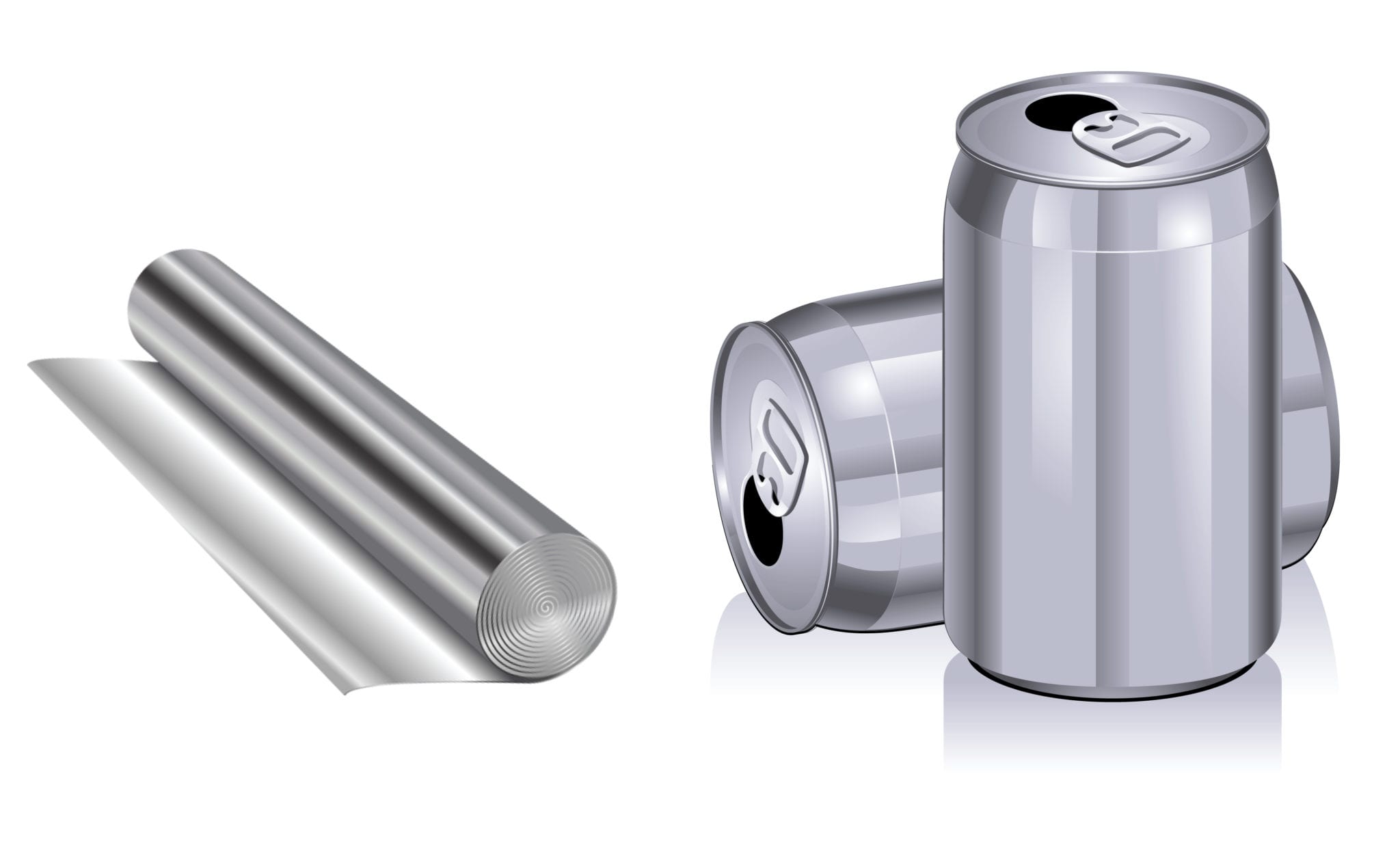Aluminum 101
GETTING TO KNOW THE “MIRACLE METAL"
THE DIFFERENTIATING FACTORS
It’s no coincidence that aluminum touches every facet of human life. The metal is literally everywhere—in the cars we drive, the houses and buildings we occupy, the packaging surrounding the food we eat, the long-distance power lines that light our lives. Aluminum is so pervasive, with its endless applications and uses, that most of us do not even realize that we utilize it every single day. Aluminum is rightfully labeled as a miracle metal because of its countless advantages and favorable properties that are sought for by designers and manufacturers alike. Lightweight, corrosion-resistant, malleable, ductile, infinitely recyclable—the metal is the perfect choice as a value-adding raw material in a multitude of applications.


PRODUCTION PROCESS
Though it is the amplest, naturally occurring metal, making up about 8 percent of the earth’s crust, aluminum is not found in its natural state. Essentially, there are only two current methods for producing the metal: primary and secondary production. Primary production encompasses the extraction of aluminum from its ore, bauxite, through an electrolytic process driven by electric current. All of the intermediate steps of mining, refining, and smelting are extremely energy-intensive, which makes primary production very expensive. In contrast, secondary aluminum production generates new metal from old, recycled scrap material, after which various processing methods are used to make the desired chemical composition and physical properties.
SUSTAINABILITY IN ACTION
Secondary production requires only about 5 percent of the energy needed to create primary metal from virgin materials. Moreover, it only generates about 5 percent of the emissions compared to the primary production process! Consequently, aluminum recycling is becoming more and more prevalent due to its profound environmental impact. As companies search for new energy-saving technology and innovations to bolster their sustainability goals, the exponential growth of the aluminum industry is all but certain. Indeed, aluminum is more extensively used today than at any stage in the metal’s history.
